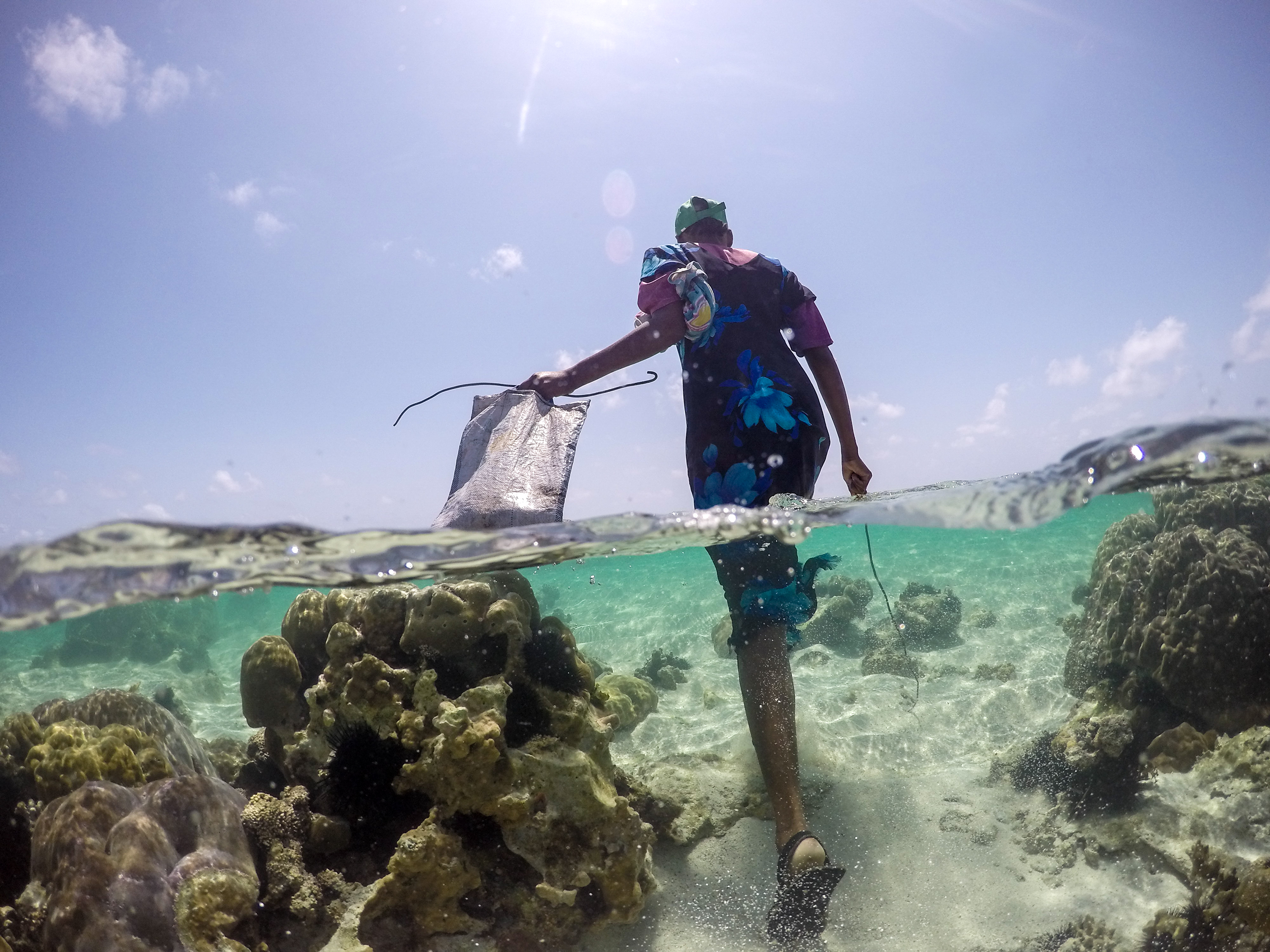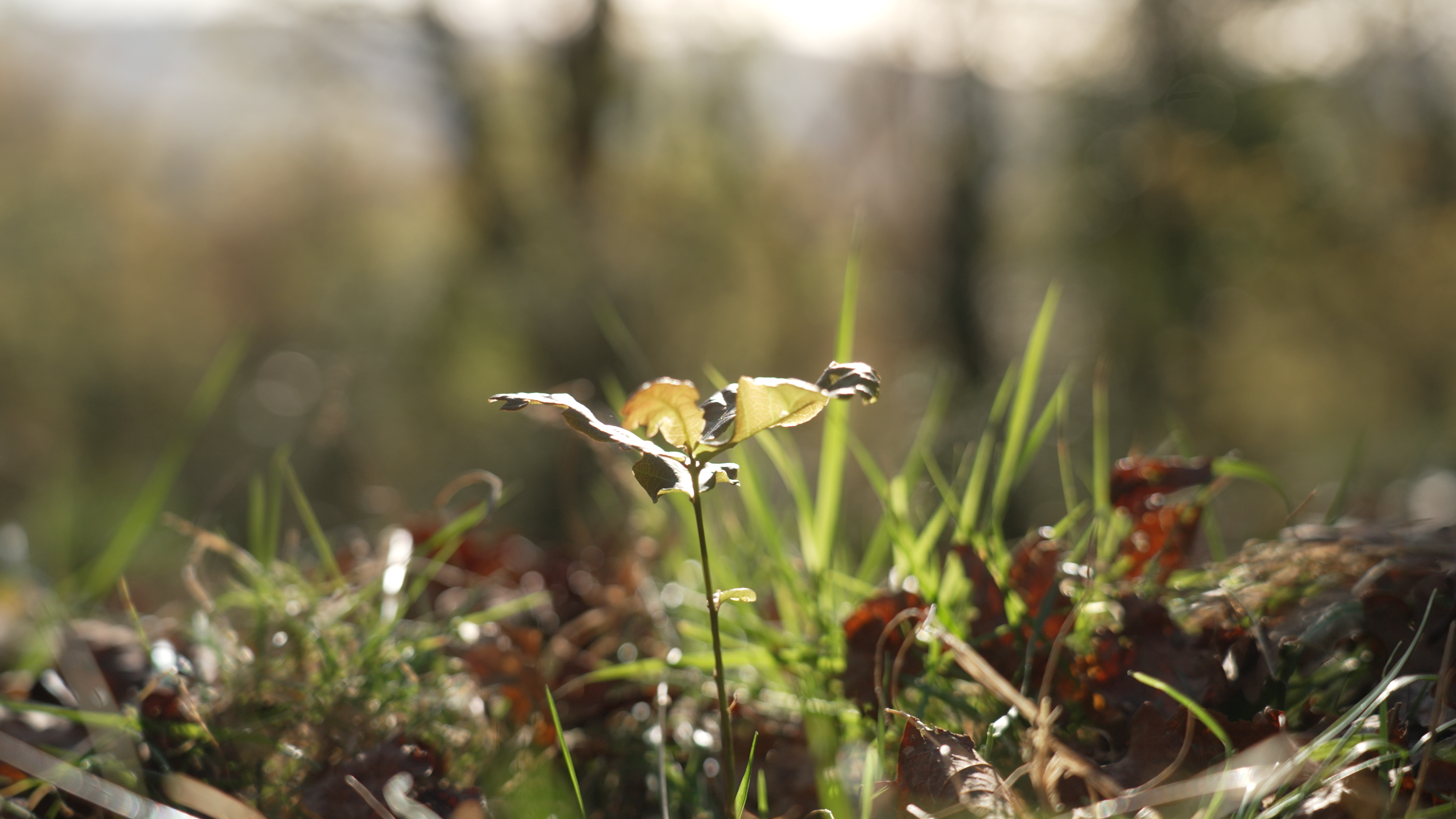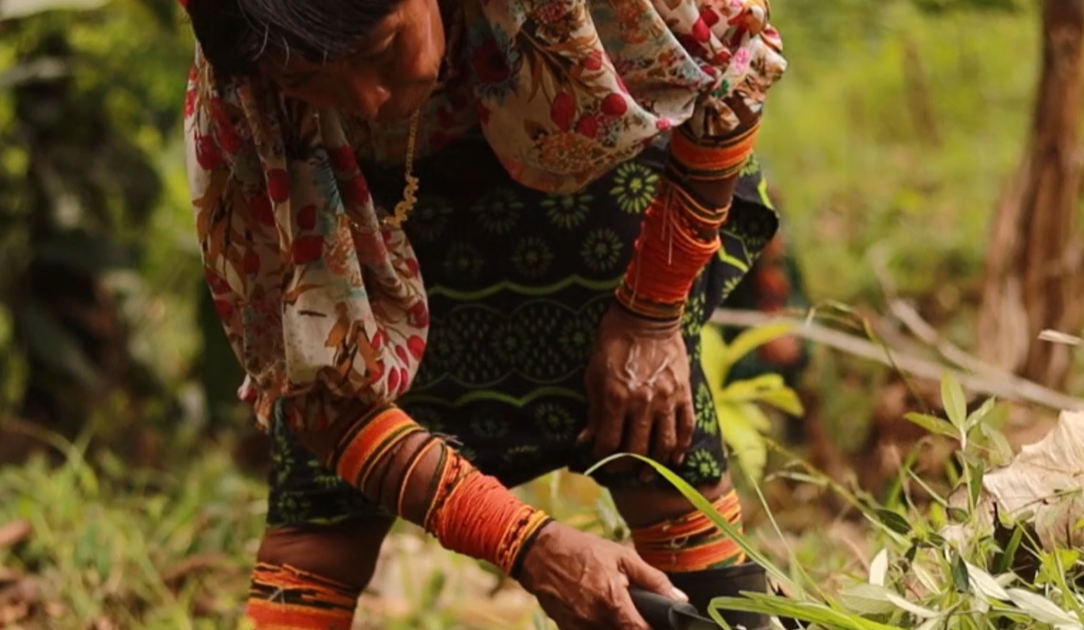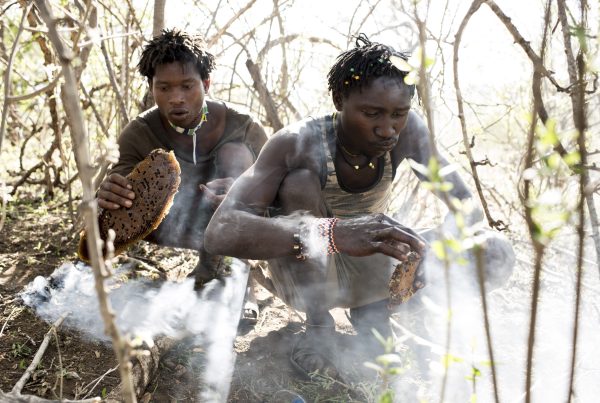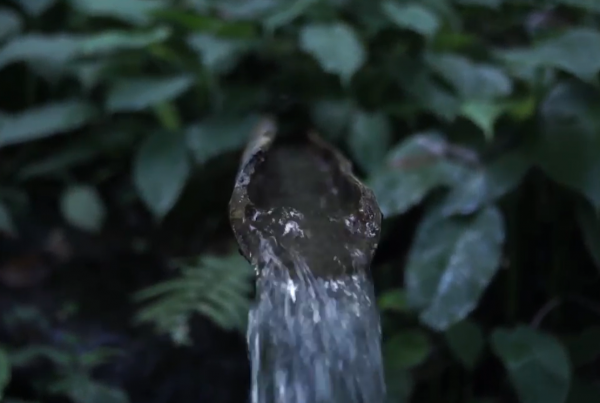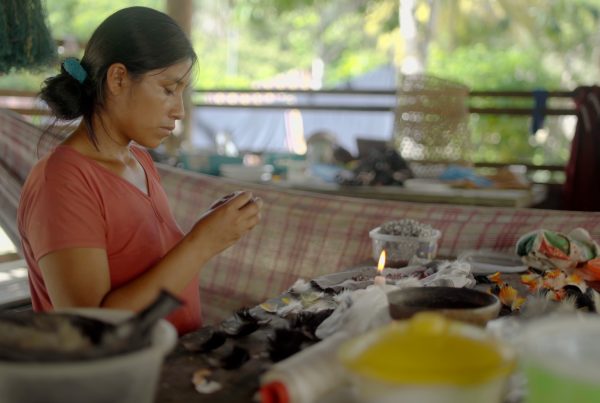In December 2022, the second part of the long-awaited Convention on Biological Diversity’s 15th Conference of the Parties will take place in Montreal, Canada. Parties to the Convention on Biological Diversity (CBD) will be finalising the post-2020 Global Biodiversity Framework, which will guide the next decade of action to protect the world’s biodiversity.
Local Biodiversity Outlooks presents the perspectives and experiences of indigenous peoples and local communities on the current socio-ecological crisis, and outlines why they must play a central role in the development and implementation of global biodiversity policy. In addition to the two flagship reports (released in 2016 and 2020), the initiative has produced a series of short documentaries, briefings and in-depth case studies that explore some of the key issues that will be negotiated at COP15: read on to find out more.
Conservation and sustainable use
Recognising Indigenous Peoples’ and local communities’ land rights must be central to global efforts to address biodiversity loss.
- Film: this documentary shows how the Mt Elgon Ogiek of Kenya have used mapping to resist the loss of their territory through exclusionary approaches to conservation, and to inform their customary environmental governance practices
- Briefing: Indigenous Peoples, local communities and area-based conservation targets seeks to bring greater clarity to the intersection between the post-2020 global biodiversity framework and the land and resource rights, collective governance and self-determination of Indigenous Peoples and local communities
- Film: this documentary explains how the Froxán community of Galicia, Spain, have reclaimed common lands which were appropriated by the state, and are restoring the woodland so that it is diverse and resilient
Conservation initiatives must use human rights-based approaches to not only avoid causing further harms to Indigenous Peoples and local communities, but to ensure that they are effective and build on the environmental knowledge of local groups.
- Film: this documentary shows how the Wampís Nation in the Peru is leading the way in protecting the Amazon rainforest through the creation of their autonomous government
- Long-form story: interviews with key members of the Udege in Russia’s Far East explore how they managed to defend the Bikin Forest from extractive companies through the creation of a national park co-managed by the Udege
Additionally, Indigenous Peoples’ and local communities’ customary sustainable use practices must be protected and should serve as inspiration for how humanity can ‘live in harmony with nature’ by 2050.
- Film: created by Indigenous filmmakers Ana Lucia Alemán and Elvin González Lacayo, Li Kiampka (Our Descendants) demonstrates how the close relationship that the Miskitu peoples of Nicaragua have with the waterways in their territories is reflected in their traditional environmental governance practices
Economies and livelihoods
The world’s biodiversity will only be protected if the financial incentives that accelerate biodiversity loss are stopped.
- Briefing: Biodiversity and finance: building on common ground with customary rights-holders provides an overview of biodiversity finance – including that which is detrimental to nature – and makes a case for increasing support to customary rights-holders
- Briefing: Re-thinking nature-based solutions: seeking transformative change through culture and rights looks at key areas in which nature-based solutions need more clarity and rigour if they are to play an effective and transformative role in driving financial and technical support to where it is needed most
At the same time, diverse, sustainable livelihoods – including those that adapt to anthropogenic environmental change and revitalise local and Indigenous food systems – must be supported.
- Film: created with the Indigenous Media Network, this film shows how a Pgaz K’Nyau community in northern Thailand has supported biodiversity and their local economy through producing honey from their fallow fields
- Long-form story: interviews with those involved in an effort to address the overgrowth of water hyacinth on Lake Nokoué demonstrate how local people have been able to re-purpose the plant – which restricts their movement on the lake, and negatively affects the lake’s biodiversity – into a range of products that support local peoples’ livelihoods
- Film: created by Indigenous filmmakers Alcibiades Rodriguez and Yaily Castillo, Nana Yala (Mother Earth) follows a collective of women from the Digir community of Panama as they work together to produce local crops that support food security in a changing climate
Culture, knowledge and society
Focussing on the intertwined nature of biocultural diversity – rather than seeing biological and cultural diversity in isolation – must be at the heart of environmental governance and planning. This should include respecting and including the traditional ecological knowledge held by Indigenous Peoples and local communities.
- Long-form story: interviews with a herding family in Hungary demonstrate how important traditional herding practices are for supporting biodiversity
- Film: this film created with Indigenous filmmaker Tirza Yanira Ixmucané Saloj Oroxom explains the signs Maya Kaqchikel use to predict the weather in Guatemala
- Film: created by Indigenous filmmaker Kynan Tegar, Minta Ari follows a Dayak community in Indonesia who hold a ritual to ask for an end to the constant rain which has interrupted their farming activities
Further information
For more information about the activities that the International Indigenous Forum on Biodiversity and Forest Peoples Programme are participating in at COP15, please visit this page.
